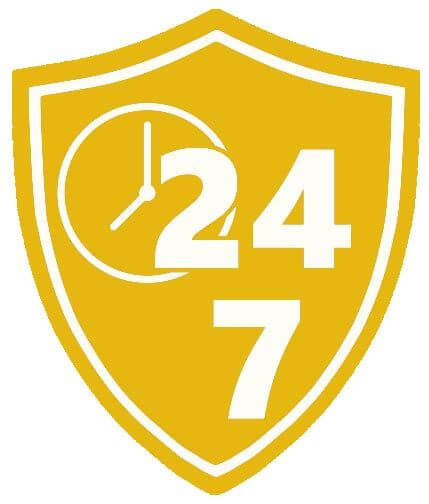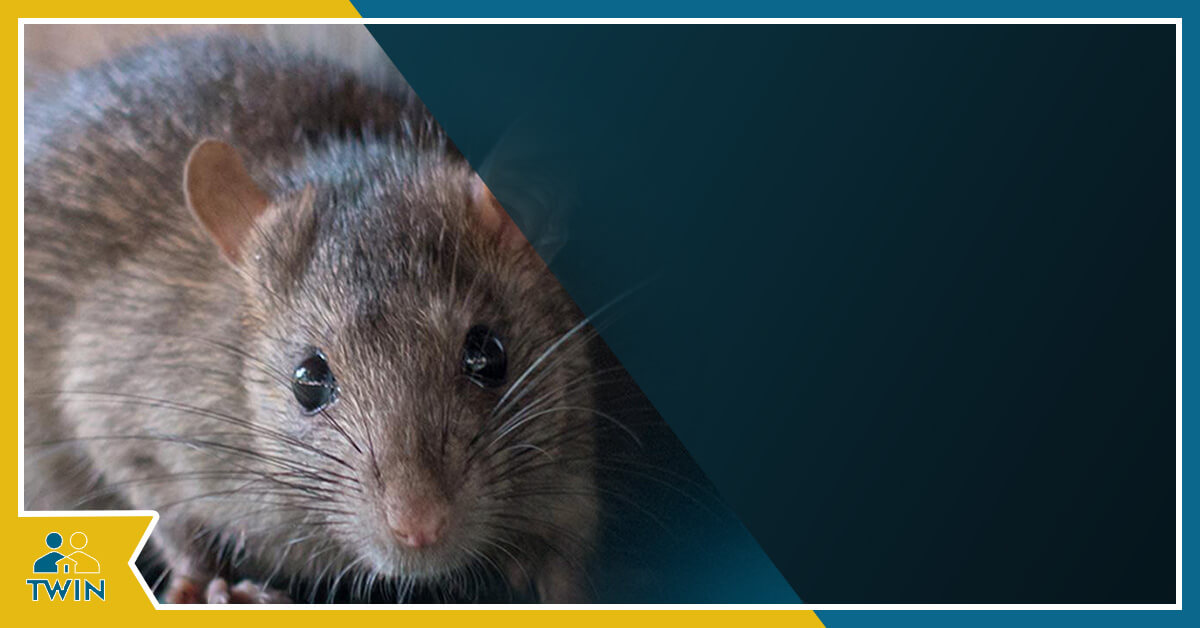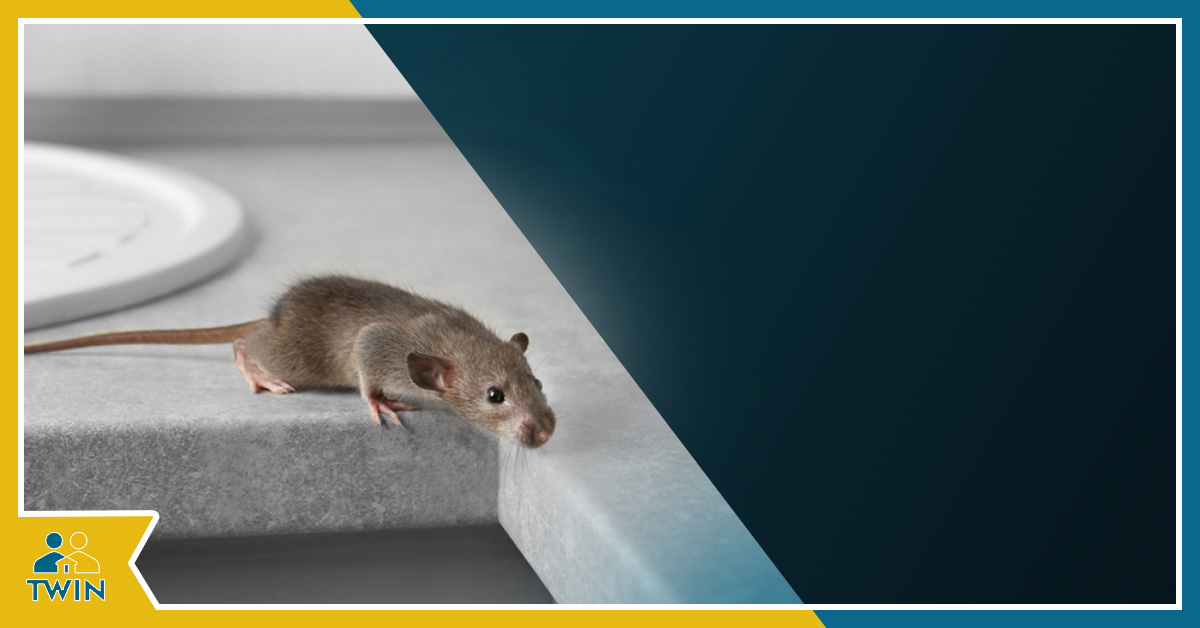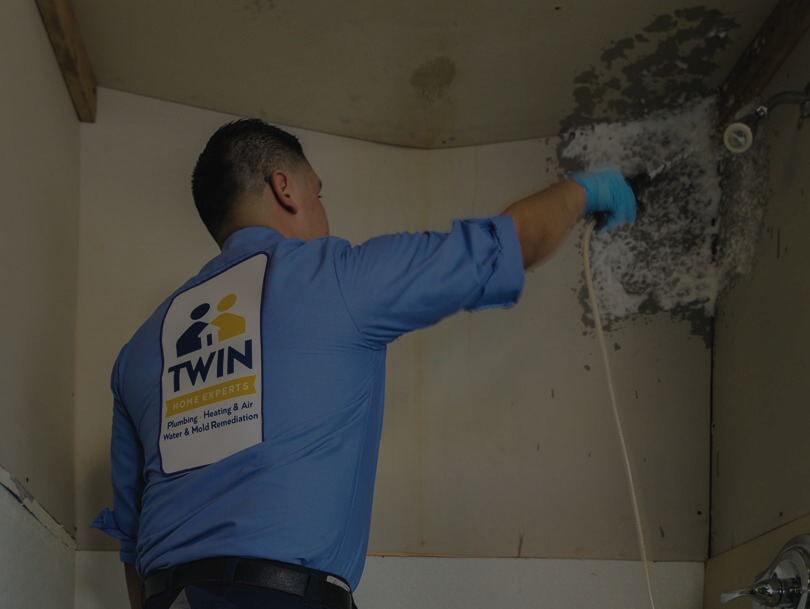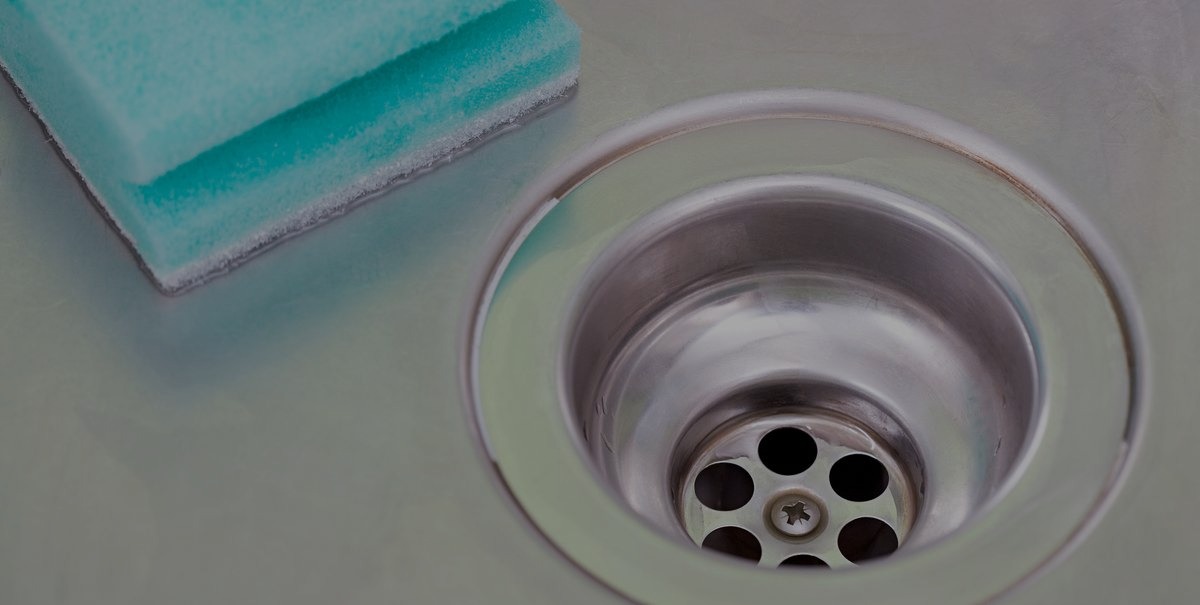Mold in condos: is it the HOA or homeowner’s responsibility? We want to share an experience and give some tips that can help you find the cause. The post Who Is Responsible For Mold Issues In A Condo? appeared first on Twin Home Experts.
We have worked in HOA for condominium buildings ran by either board members or management companies for the homeowners here in the Spokane, Los Angeles and Arizona. These units typically structurally share from each other whether the units are stacked above one another or living side to side.
On this point, if you’re living in a multiple story condo, we would always recommend living on the top floor. The first floor units are always getting the leak and mold issues because everything runs down.
Here at our Twin Home Experts Los Angeles Mold Inspection and Testing Department , our customers ask several questions prior to booking. Today, I will answer those questions.
When it comes to mold in your Los Angeles property, there are two parts to the visit. We first fully inspect the suspect areas, with moisture reading instruments, in-wall micro mold cameras, bright LED flashlights, and we may have to remove some small materials in order to properly investigate and determine the next steps.
During the initial inspection, it’s also imperative that we locate possible sources that could be causing the mold growth. We look for dew point or humidity levels, potential plumbing issues, or anything in the localized area that would produce high moisture levels.
One of the competitive advantages that we have over our competition is we are not only certified in mold, but we also have extensive knowledge of leak detection and have a C-36 plumbing license & B license to repair and restore the issues. We feel that this is just as important as to inspecting and testing for mold.
Who is responsible for mold issues in a condo?
The video above shows our customer who lives in the first floor of a three story building in Los Angeles who suffered from mold and water leaks. She was going back and forth with management and board members until they hired Twin Home Experts to come in and get to the bottom of the source, with plenty of documentation to prove who is at fault.
We always recommend reading through the CCRs or bylaws as to what HOA and homeowners are responsible for. Typically, anything inside the walls is HOA and everything outside is the homeowner.
This is the big takeaway folks – hire a professional that knows how to deal with HOA issues! This will save you time, money and major frustrations.
Our customer had a toxic mold called Stachybotrys , the black toxic mold. This comes from slow leaks in dark areas, and eventually seeps through the drywall substrates that pump out mold spores – making your home smell very musty. This mold makes most people sick.
The HOA completely denied taking responsibility for her mold issue, because it was in her bathroom cabinets. Therefore nothing was getting done other than the toxic mold growing out of control. Finally, after more secondary damages and she feeling sick, our customer called us in to get to the bottom of the problem.
Rule out your unit and document
We immediately built containments, neutralized, and placed a dehumidifier to extract the excessive moisture from the structure.
After that, we focused on her unit and her responsibilities, documented every step, once we ruled her personal responsibility out.
Check with your neighbor and document
Getting access to your neighbor could be difficult depending on how nice they are, but this is very important to locate the water leak that may be causing the mold issue. If the leak is coming from your neighbor and you have damages, then document with a estimate.
Provide that estimate to your neighbor certified mail giving them first right to repair and fix the damages. If they don’t take responsibility, then call your insurance and they will go after your neighbors insurance to collect the damages.
It doesn’t always work out, but it saves you the grief.
Check common areas
After you have determined that it is not coming from your unit, then we have to find the source. The next step is focusing on the common area structure, which is ANY and ALL structure or piping that is shared amongst all homeowners, or the stack of units sharing one line or one roof etc…
In this case, we found the common area pipe cracked, seeping sewage water under our clients cabinets and causing the mold.
Our answer
The HOA is now on the hook for the mold removal, because it falls under negligence.
If they would have taken care of the cracked pipe right away when they knew about it, they would have stopped secondary damages, but they waited to long which falls under negligence.
Anytime you can prove negligence with your HOA, then you as the homeowner will always be covered.
Well folks, hopefully Twin Home Experts provided you with some helpful information on answering this question.
If you need help with your HOA issue in Los Angeles, Phoenix, Spokane, or Salt Lake City – give us a call. We’re here to help.
Interested in immediate, expert help for your potential leak or mold damage? Call us, and we will give you our best advice on finding the source and minimizing damage.
Call Us Now
Twin Home Experts is an amazing company to work with! Always accommodating, on time and extremely professional! Our go-to company for any and all plumbing needs, they are amazing!
– J. Young
The post How Much Damage Can Poria Incrassata Cause? appeared first on Twin Home Experts.
